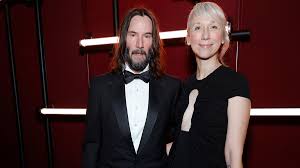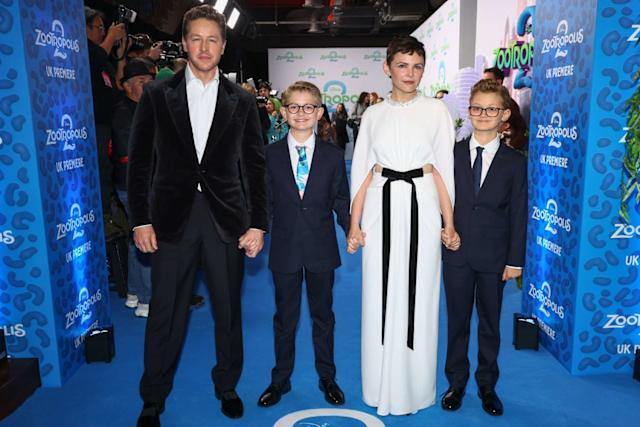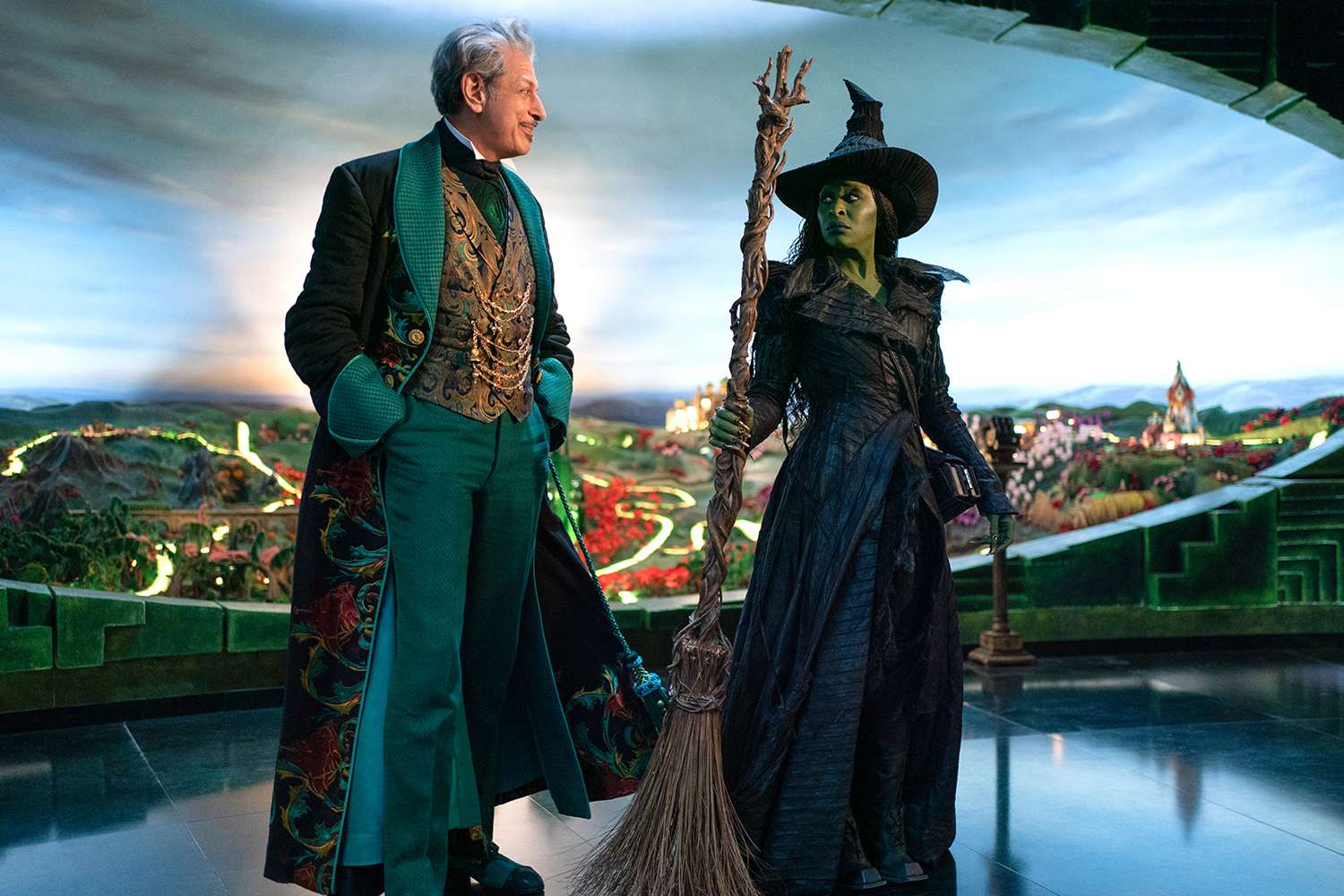Keanu Reeves and Alexandra Grant have long been subjects of public fascination — not only because one is a Hollywood A‑lister and the other a deeply respected figure in contemporary art, but because the duo straddle two very different worlds in a way that feels natural and authentic. Lately, rumors have bubbled up that the two had quietly tied the knot, a whisper that both delighted fans and stirred curiosity. But Alexandra Grant has now taken to social media to definitively dispel those claims, in a refreshingly candid and warmhearted post that underscores the very humanity at the heart of their relationship.
Late in September, Grant shared a photograph on Instagram: a moment of affection between her and Reeves as they kissed at Roden Crater, the extraordinary volcanic site in northern Arizona. The backdrop alone is striking — an otherworldly expanse shaped by the visionary artist James Turrell, who refers to it as his most ambitious light-based project. Rather than frame the image as a romantic announcement, Grant’s caption leaned into humility and truth: “This is a real photo. Not an engagement photo or an AI wedding announcement… simply a kiss!” she wrote. She joked about their slightly goofy expressions in the shot, emphasizing that it captured a moment just before or after the actual kiss. She went on to address the flurry of congratulations she’d been receiving for an alleged wedding: “Thank you to everyone for the congratulations on our wedding. Except we didn’t get married,” she clarified. “Good news is much needed these days, but it’s still fake news, so be careful out there! So here’s a bit of real happiness!”
In an age where it’s all too easy for rumors to spiral, Grant’s approach felt refreshing — a mixture of truth, humor, and gratitude. She allowed fans a glimpse into their life together, while firmly drawing the line between speculation and reality. The net result is that the image has become less about scandal or gossip and more about intimacy, trust, and the ways in which relationships evolve in the public eye.
The backdrop of Roden Crater is more than just an exotic location for a romantic snapshot. The visit was part of Reeves and his business partner, Gard Hollinger’s, work on a docuseries titled Visionaries. The series centers on Reeves and Hollinger’s conversations with creative figures across disciplines as they explore what inspires them — partly in the name of Reeves’ passion for motorcycle design, and partly in the broader sense of seeking meaning and artistic alignment. In interviewing Turrell at Roden Crater — a space he’s been sculpting for decades — they engaged directly with someone whose life’s work is founded in perception, light, and immersive experience. So the photograph, while romantic, also symbolizes a meeting of minds: the public and the private, art and celebrity, place and presence.
That Grant felt compelled to address the rumors so directly is telling — it’s an assertion of control over one’s narrative, in a realm where the line between personal and private is constantly blurred. Rumors of celebrity weddings, engagements, breakups, and more swirl incessantly, fueled by social media, gossip, and the hunger for sensational headlines. But by stepping forward and stating plainly what was true, Grant reclaimed her own story, reminding us that the individuals involved are always the authorities on their own lives.
Still, while the “wedding rumors” turned out to be false, the deeper question remains: how did Reeves and Grant’s relationship — one that bridges film, poetry, illustration, and installation — begin?
The duo first made their red carpet appearance as a couple in 2019, at the Art + Film Gala held by LACMA in Los Angeles. That public acknowledgment marked a turning point: a Hollywood actor and a contemporary artist united in a space that celebrates creativity, not celebrity. But their connection goes further back. In 2011, they collaborated on a book titled Ode to Happiness. Reeves penned poetic vignettes, and Grant brought those words to life through her illustrations. It’s not clear whether they met that year or earlier, but the collaboration suggests a mutual interest that ran deeper than mere creative curiosity. Over the years, additional work together followed — including Shadows in 2016 — weaving their personal and artistic lives closer even before the public took notice.
Because of that long existing collaboration, their relationship feels less like a celebrity romance and more like an ongoing dialogue between two minds. They’ve built a shared vocabulary — not only of aesthetics and ideas, but of trust and reciprocity. Those qualities make it easier to understand why, in a 2024 interview with People magazine, Grant described her work as having grown “happier” since being with Reeves. She allowed that the smile in her art was real, that the emotional richness of their life together wasn’t just thematic but visceral.
There is something deeply human in Grant’s refusal to let a rumor define her story. By calling the wedding claims “fake news,” she echoed language that has crosscut public discourse in recent years — though her tone was light, she used the phrase seriously. Misinformation, even in the domain of celebrity gossip, can carry consequences: it undermines individuals’ autonomy over their own personal lives, frames public perception in the absence of truth, and can even impact how people — supporters, critics, or bystanders — relate to those in the spotlight.
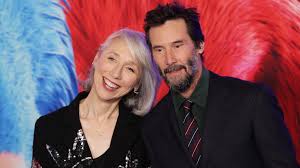
Moreover, Grant’s statement points to the fractured way modern attention works. In a single breath, fans were celebrating a wedding, journalists were crafting narrative arcs, and social media was speculating. Yet behind all of it stands a couple living their life, not as a constructed brand, but as two people with love, doubts, conversations, and complexities.
It’s also worth reflecting on the choice of Roden Crater as the setting for the photograph. Turrell’s magnum opus is a work in progress — his life’s project, a living piece of art that plays with light, space, and the viewer’s perception of time itself. Its setting in a volcanic cone — a place formed by ancient forces over eons — juxtaposes human finitude against geological scale. In some ways, the photo taken there becomes symbolic: relationships are lived in fleeting moments, not declarations. The kiss is ephemeral, but each one is real. Whether captured or not, it happens, lingers, echoes. And so too with truth: rumor is fleeting, and yet it’s only the truth that endures.
Reeves and Grant’s choice to go to Roden Crater wasn’t just aesthetic. Their Visionaries project places them in contexts where creative vision manifests physically: in light, space, motion, material. To bring a relationship snapshot into that context subtly suggests that the personal and the professional, the romantic and the artistic, are not compartmentalized — for them, they are entwined. The kiss isn’t just a romantic gesture; it is also an act of presence, a commitment to be seen, but on their own terms.
One phrase Grant used in explaining the photo — “real happiness” — resonates deeply. In a world filled with the filtered, staged images of social media, the idea that two individuals might simply choose to share a moment of happiness — with no ulterior motive, no fanfare, no implied narrative — feels radical. The post reminds us how easily we mistake curated image for reality, how quickly we forget that behind every celebrity lies a person who treasures authenticity over spectacle.
Grant’s message also carries a gentle caution: “be careful out there.” That wisdom, delivered with a wink, hints at the dangers of believing everything we see, of accepting every rumor as fact. In celebrity culture and beyond, we all navigate distorted mirrors — rumors, exaggerations, algorithms, hearsay. To approach them with skepticism, but also kindness, is a gift.
Their collaboration and companionship span years and multiple creative spheres. Reeves, known more for his film roles, has interests beyond cinema — in poetry, design, motorcycles. Grant, whose art ranges from sculpture to painting to literary illustration, has her own system of practices and vision. Together, they are not “the actor and the artist” but two practitioners unfolding side by side. Their partnership isn’t a narrative convenience, but a shared unfolding of ideas, affection, and mutual influence.
When Grant celebrated the slight goofiness of their expressions in the photo, she stripped away the pretense of the romantic image. Romantic photographs often present perfected versions of intimacy — carefully posed, edited, enhanced. But she chose instead to highlight what was unscripted: the laughter in between, the awkwardness in the moment just before or after. By doing so, she invited the viewer into something more real, more vulnerable. She reinforced that relationships — even between public figures — are not always elegant or photogenic, but messy, fully human.
Grant’s post also underscores that even “good news” needs verification. When something feels good, it’s tempting to believe it — acceptance, marriage, fairy‑tale endings. Yet that can lead to conflating desire with reality. Her note is a small act of grounding: joy is valid, but it must also be rooted in truth.
Within the larger narrative of Reeves and Grant, this episode may seem minor — a rumor squashed, a post shared — but it speaks to something larger about how we relate to those in the public eye. We are ravenous for certainty, for clear lines, for fairy tales. But life is seldom that neat. The real stories lie in messy continuities — art made over years, relationships that evolve slowly, love expressed in private gestures as much as public ones.
In the years since their work together on Ode to Happiness, Reeves and Grant have shown time and again a kind of mutual respect that resists the celebrity/artist dichotomy. Their red carpet debut in 2019 was less a reveal than an invitation: to see them not as a novelty, but as people who have chosen to make creative and emotional lives together. Slowly, over time, fans and the media have become accustomed to them as a couple not defined by drama or spectacle, but by steady curiosity, quiet support, and shared creative momentum.
In her Instagram post, Grant turned a rumor — a small bit of misinformation — into something almost playful. She recognized that people meant well; she thanked them for their congratulations even as she clarified what was true. That gesture reflects a generosity of spirit: that she did not lash out or scold, but simply re‑centered the truth.
The public reaction has largely been supportive — many fans expressed relief at knowing the relationship status and appreciation for the openness Grant displayed. It’s a reminder that authenticity still resonates, especially when set against the barrage of spin and speculation we so often consume.
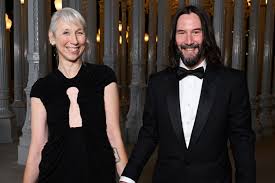
As Reeves and Grant continue their work together — whether through Visionaries, their respective creative practices, or everyday life — they occupy a space that many couples, famous or not, move through: balancing personal intimacy with public visibility, sustaining individual practices while forming a relational one, telling their stories even as others seek to tell those stories for them.
This recent moment — this kiss at Roden Crater, this gentle debunking of rumor — is a small but telling chapter in that story. It does not signal a grand pronouncement, but a modest insistence: that the narrative belongs to them, that happiness and affection do not always come packaged for consumption, and that love, at its core, remains human.






